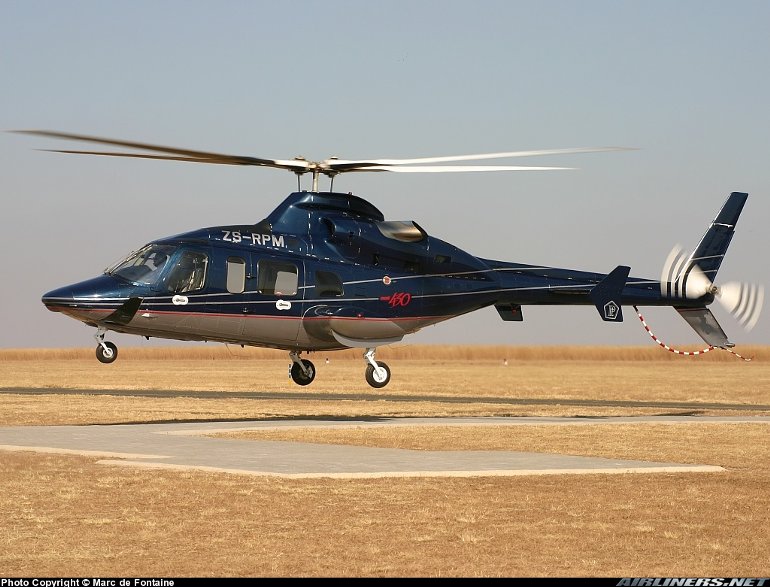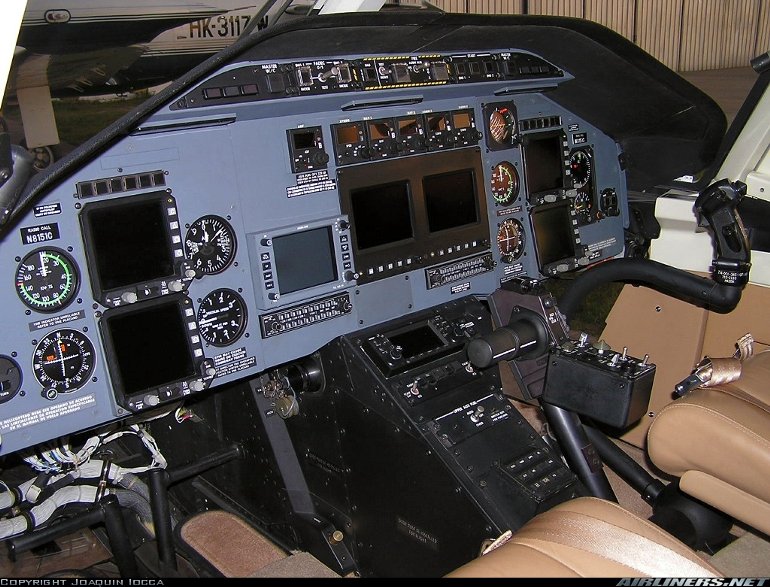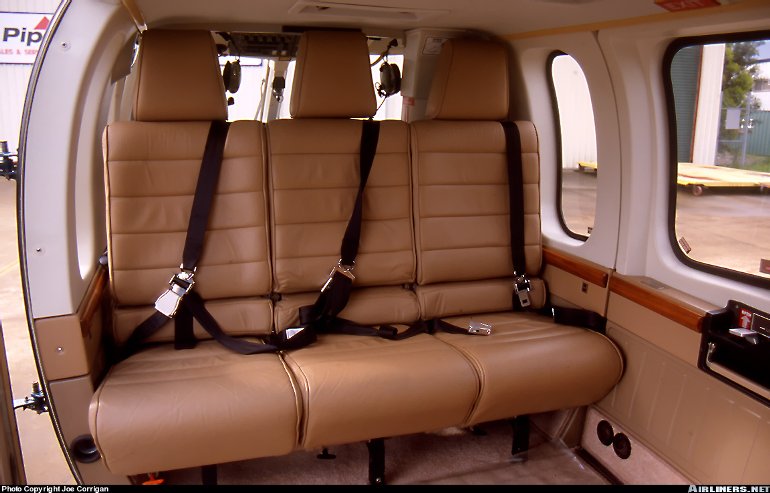Aircraft Technical Data
Bell 430



| Details | |
| Country of Origin | Canada and USA |
| Type | Twin engine intermediate size helicopter |
| History | Bell's 430 intermediate twin helicopter is a stretched and more powerful development of the 230. Bell began preliminary design work on the 430 in 1991, even though the 230 itself had only flown for the first time in August that year. The 430 program was formally launched in February 1992. Two prototypes were modified from Bell 230s, and the first of these flew in its new configuration on October 25 1994. The second prototype featured the full 430 avionics suite, its first flight was on December 19 1994. The first 430 production aircraft was completed in 1995, while Canadian certification was awarded on February 23 1996, allowing first deliveries from mid that year. Meanwhile 230 production wound up in August 1995, making way for the 430. Compared with the 230, the 430 features several significant improvements. Perhaps the most important of these is the new four blade, bearingless, hingeless, composite main rotor. Other changes include the 46cm (1ft 6in) stretched fuselage, allowing seating for an extra two passengers, 10% more powerful Allison 250 turboshafts (with FADEC) and an optional EFIS flightdeck. As well as the optional EFIS displays the 430 features as standard a RogersonKratos Integrated Instrument Display System (IIDS), comprising two LCD displays to present engine information. The 430 is offered with skids or retractable wheeled undercarriage. Between August 17 and September 3 1996 Americans Ron Bower and John Williams broke the round the world helicopter record with a Bell 430, flying westwards from England. International Directory of Civil Aircraft |
| Powerplants | Two 584kW (783shp) takeoff rated, 521kW (699shp) max continuous rated Allison 250C40B turboshafts driving a four blade main rotor and two blade tail rotor. |
| Performance | Max cruising speed at sea level (with retractable gear or skids) 260km/h (140kt), economical cruising speed 256km/h (138kt) with retractable undercarriage, 237km/h (128kt) with skids. Service ceiling 18,340ft. Hovering ceiling in ground effect 11,350ft, out of ground effect 8750ft. Max range with reserves, standard fuel and retractable undercarriage 503km (272nm), with skids 644km (348nm). |
| Weights | Empty equipped 2406kg (5305lb) with retractable undercarriage, 2388kg (5265lb) with skids, max takeoff with internal load 4082kg (9000lb), max takeoff with sling load and optional MTOW with skids 4220kg (9300lb). |
| Dimensions | Main rotor disc diameter 12.80m (42ft 0in), length overall rotors turning 15.30m (50ft 3in), fuselage length inc tailskid 13.44m (44ft 1in), height to top of rotor head with wheels 3.72m (12ft 3in), with standard skids 4.03m (13ft 3in), optional skids 4.24m (13ft 11in). Main rotor disc area 128.7m2 (1385.4sq ft). |
| Capacity | Typical seating configuration for 10 comprising pilot and passenger, with eight passengers in main cabin behind them in three rows of seats. Six and eight place executive layouts offered. In EMS role can carry one or two stretcher patients with four or three medical attendants respectively. Max hook capacity 1585kg (3500lb). |
| Production | Annual production rate of 55 aircraft planned from 1998. |
| Related Links | Bell 430 |
The backbone of this section is from the The International Directory of Civil Aircraft by Gerard Frawley and used with permission. To get your own copy of the book click here. |
|








